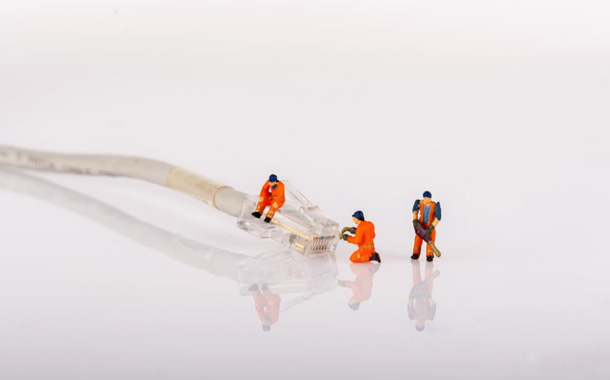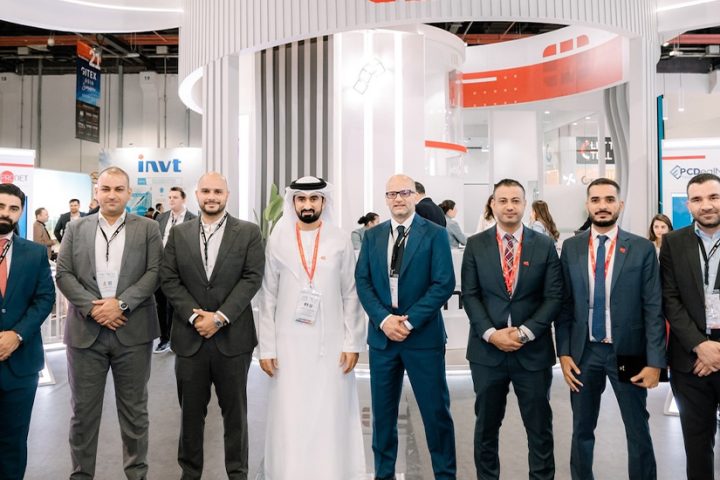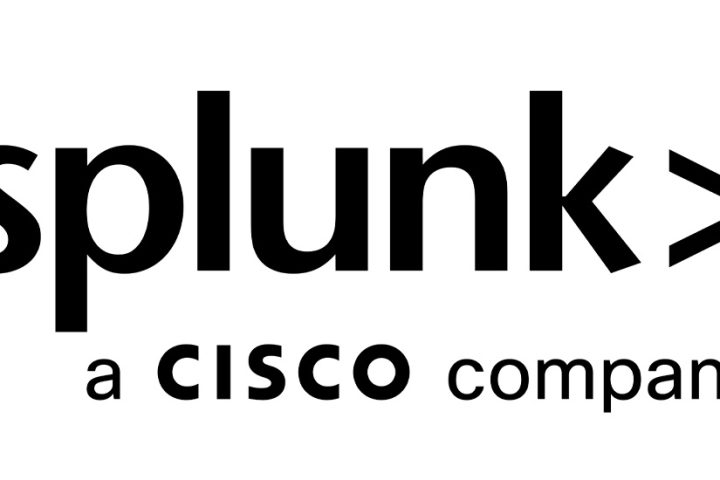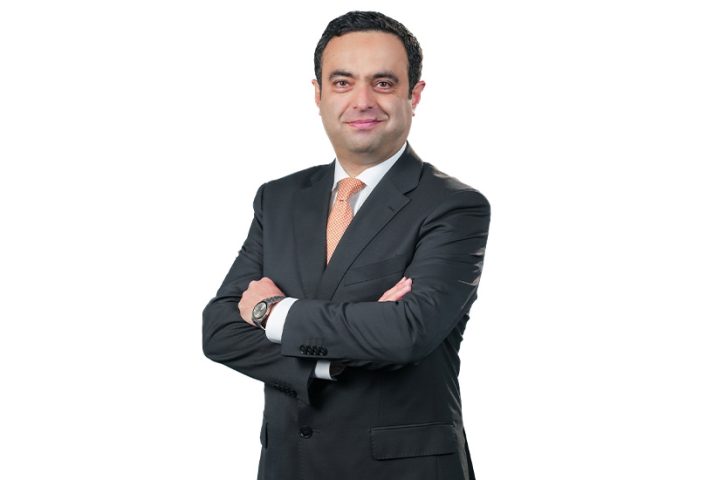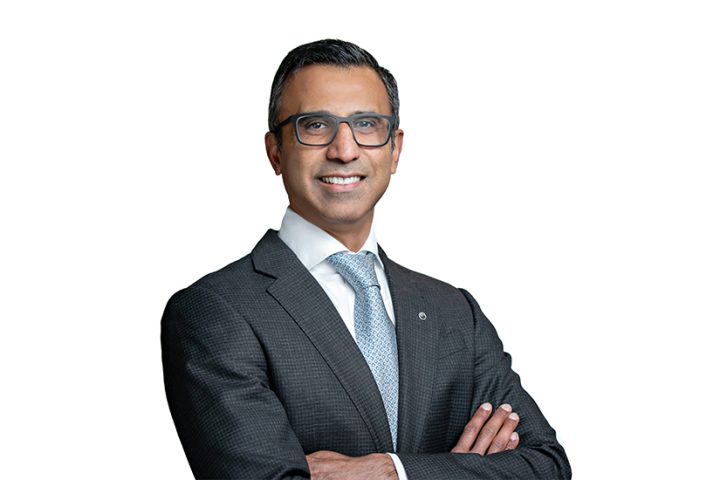The operators of datacentres are facing the challenge of meeting the growing demands for network bandwidth without increasing infrastructure power and cost. This triggers the need of structured cabling which is cost effective and results in consumption of less power. Cloud data centres manage 70% of the IT work globally and there is also an increase in the number of organizations using IT services from external data centre. The private users, using the web for transferring images and videos are increasing. According to reports, around 90% of internal data traffic is related to transmission of videos.
The need for advanced communication technique has been increasing in the Middle East and Africa region. The rise in internet penetration and increasing internet communication and also the convergence of data centres are responsible for the growth of structured cabling market. The key trends of the structured cabling market are the increase in demand of optical fibre cables market in the organizations because of its high-speed data transfer. According to MarketandMarkets, the global structured cabling market is expected to reach $13.3 billion by 2020 at a CAGR of 9% between 2015 and 2020.
Growth of Fibre Optic Cabling
The growing importance of cloud computing and Internet of Things is driving the use of internet, which is driving the fibre optics market, as it acts as the backbone of data transmission. The increase in demand for Over-The-Top (OTT) video content has also driven the increase in demand for internet which in turn has led to the higher usage of optical fibre cable to transfer information over the internet thus driving the fibre cables market. According to reports, the fibre optics market is projected to reach USD 5 Billion by 2021, at a CAGR of 9.8% from 2016 to 2021.

“As data traffic continues to grow, from Facebook videos and Instagram selfies to Office 365 sessions and IoT connected devices, there is an unprecedented surge in construction of new cables that currently carry 99 percent of this and all Internet traffic between continents. The investors in these new submarine cable systems, which now include large cloud service providers and content companies (Google, Microsoft, AWS, Facebook), are finding that when these submarine cables terminate on land, data centers are the optimal location to immediately connect these point to point submarine cables into a single location that directly connects to thousands of networks” commented Jeroen Schlosser, Managing Director, Equinix MENA.
 “The increasing flow of traffic particularly from the cloud is pressurising the conventional network architectures in ensuring business continuity. These developments affect the data centre environment and place a new series of demand on the network at the level of cabling infrastructure” says Tarek Helmy, Regional Director Gulf and Middle East, South & East Africa of Nexans Cabling Solutions.
“The increasing flow of traffic particularly from the cloud is pressurising the conventional network architectures in ensuring business continuity. These developments affect the data centre environment and place a new series of demand on the network at the level of cabling infrastructure” says Tarek Helmy, Regional Director Gulf and Middle East, South & East Africa of Nexans Cabling Solutions.
Plug & Play Cabling Trends
 Plug and Play pre-terminated solutions have offered remarkable value to the data centre sector. Reports say, they are about 50 percent faster when it comes to network maintenance. “Among pre-terminated solutions, MPO/MTP fibre has fast become the de facto choice for single and multimode connectivity due to its simplicity, speed and high density. In a contemporary world speed is becoming more relevant, but so is the ability to migrate to higher data rates with minimal design and disruption. This not only protects both the Op-ex and Cap-ex for an organisation, but also enhances the route to market. This area has continued to evolve and with the introduction of ultra-low loss performance and with a choice of 8-12-24 way configurations, ensures that the infrastructure can be designed to suit emerging applications and customised to suit the end-user’s strategy” said David Hughes, Director, Field Application Engineering, MEA, Commscope.
Plug and Play pre-terminated solutions have offered remarkable value to the data centre sector. Reports say, they are about 50 percent faster when it comes to network maintenance. “Among pre-terminated solutions, MPO/MTP fibre has fast become the de facto choice for single and multimode connectivity due to its simplicity, speed and high density. In a contemporary world speed is becoming more relevant, but so is the ability to migrate to higher data rates with minimal design and disruption. This not only protects both the Op-ex and Cap-ex for an organisation, but also enhances the route to market. This area has continued to evolve and with the introduction of ultra-low loss performance and with a choice of 8-12-24 way configurations, ensures that the infrastructure can be designed to suit emerging applications and customised to suit the end-user’s strategy” said David Hughes, Director, Field Application Engineering, MEA, Commscope.
Cloud Applications Driving the Need
Due to flexibility of its services, cloud computing has been the preferred way to do business. There is a fundamental shift in the digital economy where in the cloud is dominating and enterprises business models are being increasingly interdependent. “We are seeing a fundamental shift in the digital economy, in which the cloud now dominates and enterprise business models are becoming increasingly interdependent. Companies are not only connecting to multiple clouds for various business applications, they are connecting to and collaborating with other businesses in their digital supply chain in order to gain competitive advantage. In this interconnected era, connectivity is the lifeblood of enterprise and the speed, security and scalability of this connectivity will define success or failure for many businesses. The cost and latency efficiencies that subsea cables offer is just one part of the reason why they have become so indispensable. In the months and years to come, they will be the foundations on which a new era of global communication is built – the era of interconnection” said Jeroen Schlosser.
“The relevance and importance of the cloud must align with the business strategy, so whether you are a provider or end-user, it is important to have a platform that can not only meet today’s requirements, but also be quickly and cost-effectively upgradeable for future growth. End-users must do their due diligence on potential cloud providers to ensure that they provide the correct migration path that meets the strategic intent of their business. Migration initiatives are now a fundamental part of business continuity and competitive advantage for an organisation. Therefore, the ability to scale in an agile manner is integral to an enhanced go-to-market strategy” said David Hughes.
IoT to thrive safe & secure in the data centre
Smart devices are enabling a new kind of infrastructure, an intelligent network built on the Internet of Things. The majority of global data traffic is transferred though the submarine cables. These cables are crucial as organizations depend on instant connectivity to markets globally. The submarine cables enable low latency as they connect to more places that real time technologies like IoT is required.
Equinix says its success with submarine cable operators derives from its ability to provide “one-stop shop” access to cable landing station, backhaul, and interconnection needs. The company also has adapted its support model to better meet the needs of submarine cable systems operators, creating a turnkey package of cable landing station, power, colocation, and interconnection.
Finally
Cabling are not going anywhere in the near future Although the trends are shifting towards Wi-Fi technology but major back-ups and power and transmission will still be heavily relying on cabling. Structured cabling supports multiple and mixed vendor environments and applications long after installation. However, the ability to run any application at any time comes only with the proper planning and installation of a high-performance structured cabling system. By taking the time to plan, an organization can simplify operations and upgrades. A properly planned system will allow organizations to spend their time and attention and financial resources in other sectors. The other option is to face each network problem and issue as it arises. The decision is yours!

